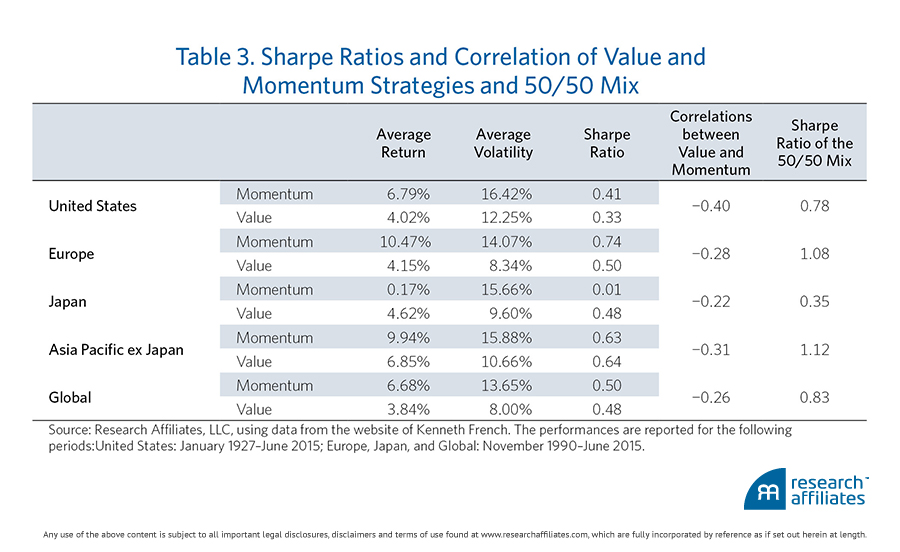Passively implementing momentum strategies could be counterproductive and easily backfire, Research Affiliates has warned.
Despite a momentum strategy’s robust risk-return profile and ability to produce excess returns, the risks of sudden drawdowns and crowded trades could be dangerous when used in an index, the firm said.
“Forecasting when the turning point in the price momentum of a particular stock or asset class will arrive is no easy task,” the firm’s CIO and equity experts wrote.
“Forecasting when the turning point in the price momentum of a particular stock or asset class will arrive is no easy task.”—Research AffiliatesRiding this momentum wave requires significant experience and timing, according to Research Affiliates—something that only the most skilled active managers could deliver.
“Missing that turning point can mean not only not locking in gain, but more insidiously being ‘caught inside the wave,’ unable to sell before the downside of a momentum trend takes hold in the market,” the authors continued.
These crashes have been especially significant following a crisis, Research Affiliates said. Its data showed momentum strategies saw drawdowns upwards of 31% after the tech bubble burst in 2000 and 57% after the 2008 financial crisis.
Furthermore, a crowded momentum trade—and the resulting high trading costs—could “obliterate the alpha of the strategy for the careless momentum surfer,” the firm argued.
An index-like implementation of a momentum strategy falls under this “careless” investor category, according to Research Affiliates, as it faces the probability of a lower return during positive momentum periods and not being able to sell during negative ones.
Instead of potentially falling victim to drawdowns and crowded trades from passive momentum strategies, the authors suggested incorporating an active value approach to exploit their negative correlation.
“The combined strategy generally trades like a value strategy, but with purchases and sales delayed to benefit from momentum’s impact on prices,” the firm wrote. “The addition of momentum need not boost turnover relative to a value investing strategy, and therefore, need not incur the high trading costs of a momentum strategy.”
According to the firm’s data, mixing the two factors equally resulted in a marked uptick in Sharpe ratio across regions than either strategy alone.
The combined strategy enjoyed a Sharpe ratio of 0.78 in the US, higher than the 0.41 and 0.33 from momentum and value strategies, respectively. The figure was even higher for Europe, with a combined Sharpe ratio of 1.08, compared to 0.74% and 0.5% from each strategy.

Related: Asness: This Is Why Factor Investing Will Survive & Would Benjamin Graham Invest in Smart Beta?
